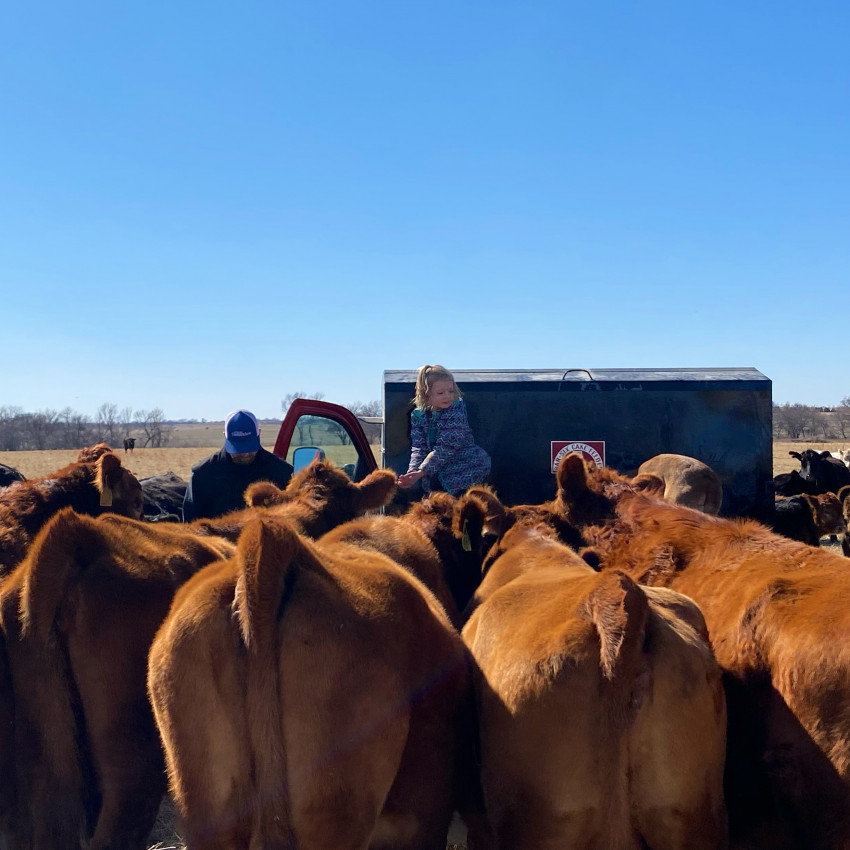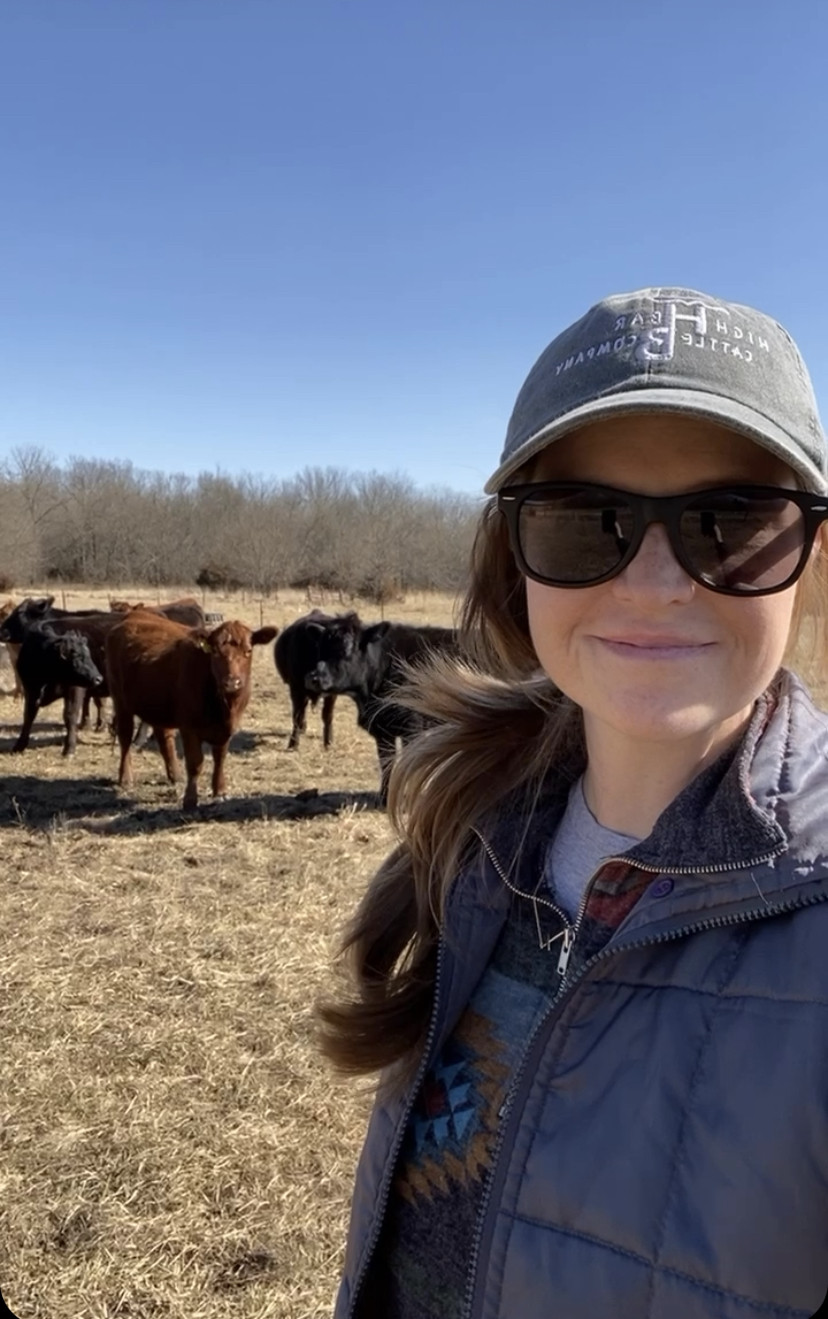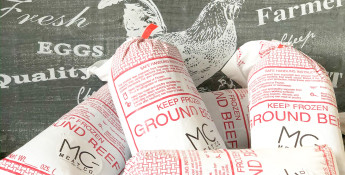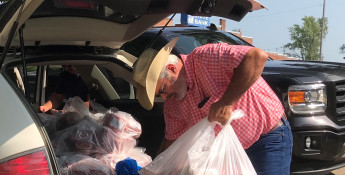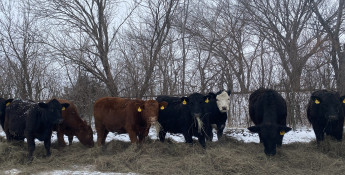By Brandi Buzzard on March 21, 2022
Buying Local at the Grocery Store
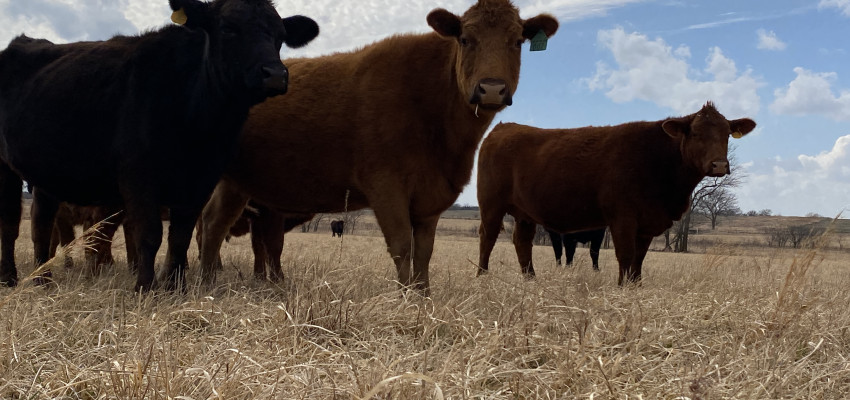
Inflation has hit the U.S. hard over the last several months, and its effects are far-reaching – even grocery stores have felt the strain. Consequently, it’s hard to scroll through social media without running across a post or image encouraging you to support American farms and ranches during these hard times and buy local. Whether it’s purchasing beef from a local producer or shopping for produce at the farmers market, the push to buy local is strong.
How exactly do you buy local? Does that mean avoiding the grocery store at all costs and purchasing from farmers markets and local ranchers? That is obviously much easier said than done. To add more complexity to the situation, what constitutes local?
Does a farmer or rancher only count as local if you can shake her hand to finalize the purchase? You’re going to miss out on a lot of food if that’s the case. What about in the winter when the gardens in Kansas stop producing? Personally, I love strawberries, and I don’t mind buying them from the grocery store in the winter, even though they aren’t local to me during that time. I value and appreciate the complexity and infrastructure of American agriculture.
Here’s my viewpoint. Our ranch sells a lot of beef direct to consumers straight from the butcher. We have great customers who prefer our beef over what can be purchased at the grocery store, and we are appreciative of their support. But here’s my little secret: we also sell beef into the grocery store supply chain. And our neighbors, peers and friends also sell beef into the grocery store supply chain while selling a few sides of beef to their friends and family. Few cattle farmers and ranchers, to my knowledge, derive their income from just one method of selling cattle and are instead diversified to take advantage of as many marketing opportunities as possible.
As it turns out, the beef you purchase at the grocery store does support a family farmer/rancher because nearly all beef comes from farms and ranches. Ninety-seven percent of farms and ranchers are family owned in the U.S. Additionally, what “local” means to Wichita likely means something very different from “local” in New York City. I imagine it’s extremely difficult for a New Yorker to buy local beef direct from the ranch. Hence, the beef at the bodega or grocery store is likely their only option. It’s not a lesser option, though, as that purchase is still supporting a farmer or rancher and is nutritious and delicious.
And beef isn’t the only food product to experience the local phenomenon. Did you know most milk leaves the dairy farm and is in your local grocery store within 48 hours? Furthermore, most milk on the shelves is produced by dairy farmers within approximately 100 miles from the store. Fun fact: if you want to know exactly where your milk came from, you can visit Where Is My Milk From and enter the code on your milk jug or carton and learn the location of the dairy!
When it gets down to the brass tacks, every shopper should purchase their food guilt- and fear-free because we have the safest, most affordable food supply in the world. Farmers and ranchers will do our very best to continue providing several food options, at several venues, for varied price points as long as grocery shoppers demand so. Choice is one of the proud, defining characteristics of American agriculture – local or not!
You may also enjoy:

